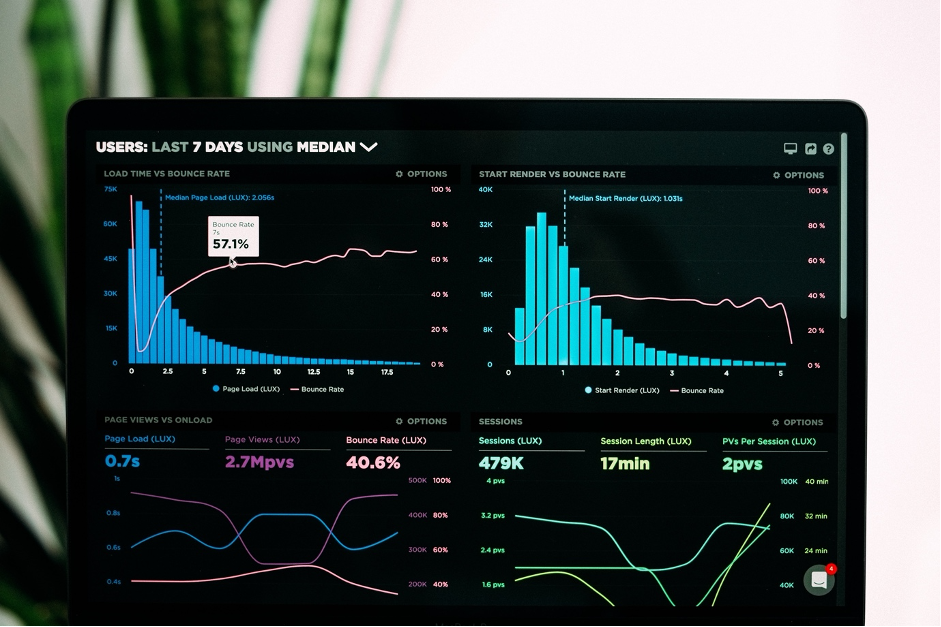Using Social Media for Profits- not Losses
- Anay Baid
- Jul 12, 2021
- 4 min read
Updated: Nov 4, 2021
Social media data mining has become a must-have strategy for understanding current trends, culture, and online business. This is because the world of social media is a thriving, ever-growing ocean of data, where hundreds of millions of tweets, Instagram posts, and blog articles are published every day.
Data mining is a tool for making sense of social media. It’s a way of tracking what people are talking about online, how they’re talking about it, and where. To look at it another way, data mining is a method for uncovering trends, categorizing feedback, and making data-backed predictions based on the text, audio, images, and video that people use to express themselves online.
Here are a few example cases:
• In e-commerce, data mining is used to analyse how people talk about products.
• Bloggers and social media influencers use data analytics to help examine what their followers are talking about and how they feel about it.
• Brands use data mining to survey locations and make decisions regarding potential future markets.
So, in order to optimize the concepts in your favour, these simple yet elegantly conceptual hacks can lead to a fruitful and productive venture in this arena, which is projected to grow “eternally”.
Keyword extraction:
This is the process of extracting keywords to summarize or categorize a text. Keyword extraction is popular in data mining because it can reveal behaviour and popular terms related to services or products.
The process can be as basic as scanning texts to create a list of the most-used words, or it can be tailored to search for and identify specific words and phrases.
Keyword extraction can be used to find out what words people use to describe your products, or how they're talking about your latest video. By discovering words that are popular or unique to your audience, you can tailor future content to better connect with them.
Keyword extraction can also be used to categorize feedback, allowing for customer service teams to quickly identify issues or complaints based on keywords.
Sentiment Analysis:
Sentiment analysis is the process of analysing opinion. This could include opinions regarding a new product line, reactions to a sporting event, or the current popularity of a politician or celebrity.
Though the type of opinion can be tailored to specific needs, at a basic level, sentiment analysis extracts words or phrases from a text (tweets, for example) to determine whether the text is positive, negative, or neutral.
Sentiment analysis is helpful for social media monitoring and analysing the popularity of your brand. It can also be helpful for customer service, as you can uncover negative feedback, categorize them by urgency, and respond to them as necessary.
Market trend analysis:
Market trend analysis is the process of analysing who your audience is. This means digging into what they’re passionate about, what’s trending in their community, and where they are. This is vital for connecting with your audience because it tells you not just how people are talking about you or your brand, but also why, where, and when.
Market analysis involves tracking keywords relevant to your brand or product, following trends, and analysing where people are talking about you. This same analysis can be applied to understanding your competition, too.
The end result of this analysis is data that informs future decisions. For restaurants, it can help with discovering popular menu items in particular regions.
For fashion brands, it can help uncover new locations for focusing sales efforts. Social media influencers also use this kind of analysis to inform decisions about who to create content for.
Predictive Analytics:
Predictive analytics is the process of using past data to predict future trends. At its most basic, this means using historical data to build a model that captures important patterns. The model can then use new data to predict future developments.
In the fashion industry, predictive analytics has proven useful for revealing when trends are likely to go mainstream, and when they are on the decline. These forecasts are a result of analysis of social media activity along with search queries, e-commerce sell-throughs, and consumer feedback.
It’s worth mentioning here that unlike the other techniques mentioned above, predictive analytics is best when supplemented with data from other areas useful to your brand or business. It also requires a wealth of past data from which to train on before it can be especially useful in making predictions.
What to do next depends on your needs. A small business could be fine with just the services of a data mining API for access to analytics visualizations. It’s also possible to build your own data analytics platform if you have programming experience; this is an option to consider if what you want to analyse is very specific or otherwise unavailable.
Bigger brands, however, are more likely to invest in a data-driven platform with deeper levels of analysis customized for their needs.
Whatever the case, if you’re starting on a data mining expedition, start by locating the social media platform your audience calls home.
From there, define your data analysis needs and how the results will be put to use. Knowing this will help you understand what particular data you need and how much data is necessary.









Comments